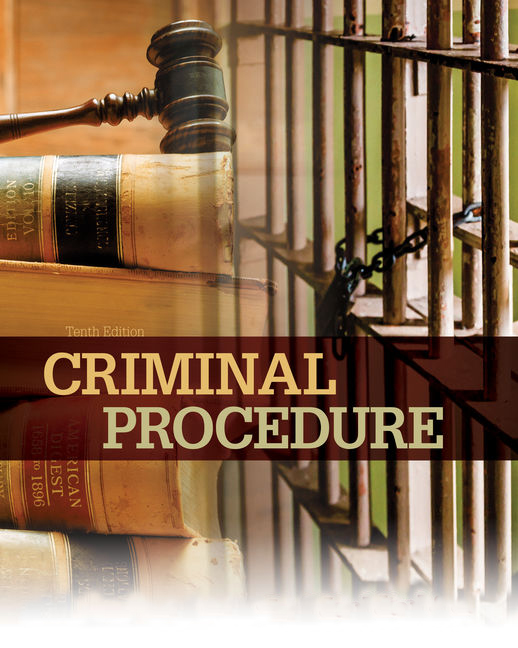In a transfer petition of a criminal case, the parties filed the same under section 406 of the Code of Criminal Procedure before the Supreme Court. While deciding the same, the court held that such a petition can be directed under section 406 of the Code only when it is expedient for the ends of justice. This judgment was passed in the case of Rajkumar Sabu vs. M/S Sabu Trade Private Limited [T.P.(Crl.) No. 17/2021] by a Double Bench consisting of Hon’ble Justice Aniruddha Bose and Hon’ble Justice Krishna Murari.
The present proceeding arose from the case which was instituted by the respondents in the Judicial Magistrate Court IV (Salem Court) under section 156(3) of the Code of Criminal Procedure (Cr.P.C.). the petitioner on the other hand filed the present application under section 406 of Cr.P.C. to transfer the case to the Court of Chief Judicial Magistrate, New Delhi. The respondent alleged that the petitioner overused the trademark SACHAMOTI with regards to the sago made by him. The Respondent contended that such use is illegal and unauthorized and thus claimed proprietary rights over the same. Once the police investigation was done, The Judicial Magistrate took cognizance of the alleged offense under section 420 of the IPC and section 103 of the Trade Marks Act. although the allegations were against another apart from the petitioner, the transfer petition was brought only by the petitioner following which the other individual filed an application for intervention supporting the petitioner’s case for transfer. At the Salem Court, the examination in chief of three prosecution witnesses had been completed and the date for the next hearing was also given. The petitioner, intervenor, and Gopal Sabu were brothers. In the year 2016, there were litigation issues between the petitioner and Gopal Sabu, where the petitioner alleged infringement and passing off of the same trademark by the respondent.
Consequently, suits were filed by the Respondent in Salem, in Indore which was rejected, and In the High Court of Calcutta which was stayed but the Supreme Court ordered the respondent to withdraw the same. The petitioner contended that there is an overlap of points between the criminal case and the one being tried by the Delhi High Court. The petitioner also presented the issue of language, distance, and the probability of a biased investigation due to the respondent’s influence in Salem; in order to substantiate the transfer of cases. The Respondent, on the other hand, contended the petitioner in approaching the court for transfer of criminal case and the mix up of civil suit and criminal case ought not to take place.
The Supreme Court after hearing both the parties observed that the overlap of points cannot be a valid ground for admissibility of transfer petition. It went on to observe that criminal case shall have to proceed in the court of the judicial magistrate and the question of if the civil and criminal case should continue together does not fall within the ambit of Transfer petition. Since there was no evidence produced before the court regarding the influence of the respondent in Salem, the ground was rejected.
The Supreme court held that the transfer petition under Section 406 of Cr.P.C can only be used sparingly and it cannot be exercised on the mere apprehension of one party that justice would not be done. The Court held that a case can be entertained under section 406 only if such a transfer is “expedient for the ends of justice” and the same goes beyond factors of mere convenience such as language and distance.
The Supreme Court concluded by holding, “I dismiss the present transfer petition. Connected applications, if any shall also stand disposed of.”


